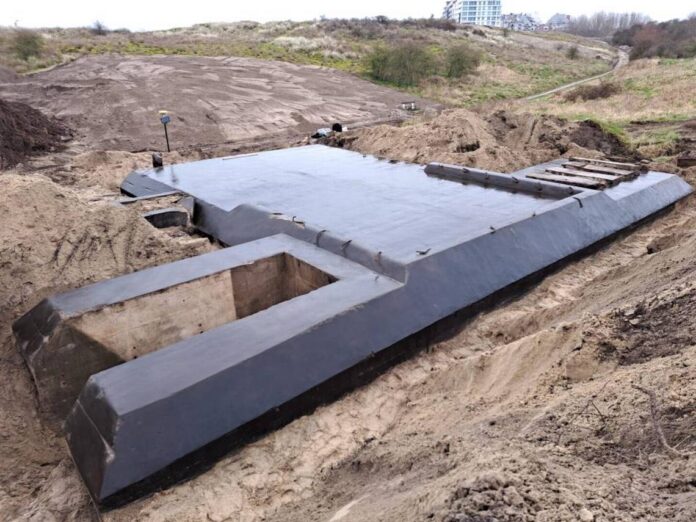
BRUSSELS/CBS News/Correspondent LP/ – During a nature restoration project in Belgium, officials have discovered numerous World War II-era bunkers, trenches, and other structures constructed by the German army.
The project, taking place at the Director-General Willemspark in Heist, Belgium, aims to rejuvenate coastal dunes within an area of less than one square mile by eradicating invasive plant species, as per a press release from local authorities.
Heist, also referred to as Heist-Aan-Zee, is situated in the northern region of Flanders, Belgium. This location was the battleground for several conflicts during World War I. The poem “In Flanders Fields” commemorates the violence that occurred here, and it led to the adoption of the red poppy as a symbol of remembrance for war casualties.

During World War I, two German artillery batteries, named Freya and Augusta, were established at this site. These batteries housed guns, observation bunkers, crew quarters, and an extensive network of trenches and barriers. However, most of these structures were demolished post-war.

In 1942, the park was once again transformed into a military fortress by the German forces. At the height of its operation, the area contained approximately 60 structures, including ammunition bunkers and crew quarters, designed to thwart any maritime invasions.
In a statement announcing the discoveries, officials from Heist said, “The discovery of war remnants during the excavations will not come as a surprise to those who spent their childhood in Heist.”
In the midst of a World War II fortress, several well-preserved structures were unearthed, including “three fully intact bunkers” nestled just inches below the surface. Each bunker, featuring a single room, was constructed with reinforced concrete walls and ceilings.
The discovery also included two brick-lined trenches, a segment of a concrete track once used for transporting troops and supplies, and a well. The excavation revealed “vast heaps of debris,” within which were found household items, ammunition, and more.
Officials remarked, “The ruins poignantly reflect past efforts to obliterate the park’s wartime narrative. Lighter edifices were razed to debris, whereas the more substantial bunkers were merely buried under soil, rendered invisible.” They anticipate finding additional wartime structures within the park, beyond the current restoration area. Notably, no artifacts from World War I emerged during the project.
Heritage agency archaeologists monitored the restoration, documenting each discovery. After thorough examination, the sites were reburied in sand.
Officials acknowledged the historical significance of wartime remnants but noted that not every wartime artifact needs to be conserved. The sand covering will safeguard these relics for future generations, as stated in the press release.





